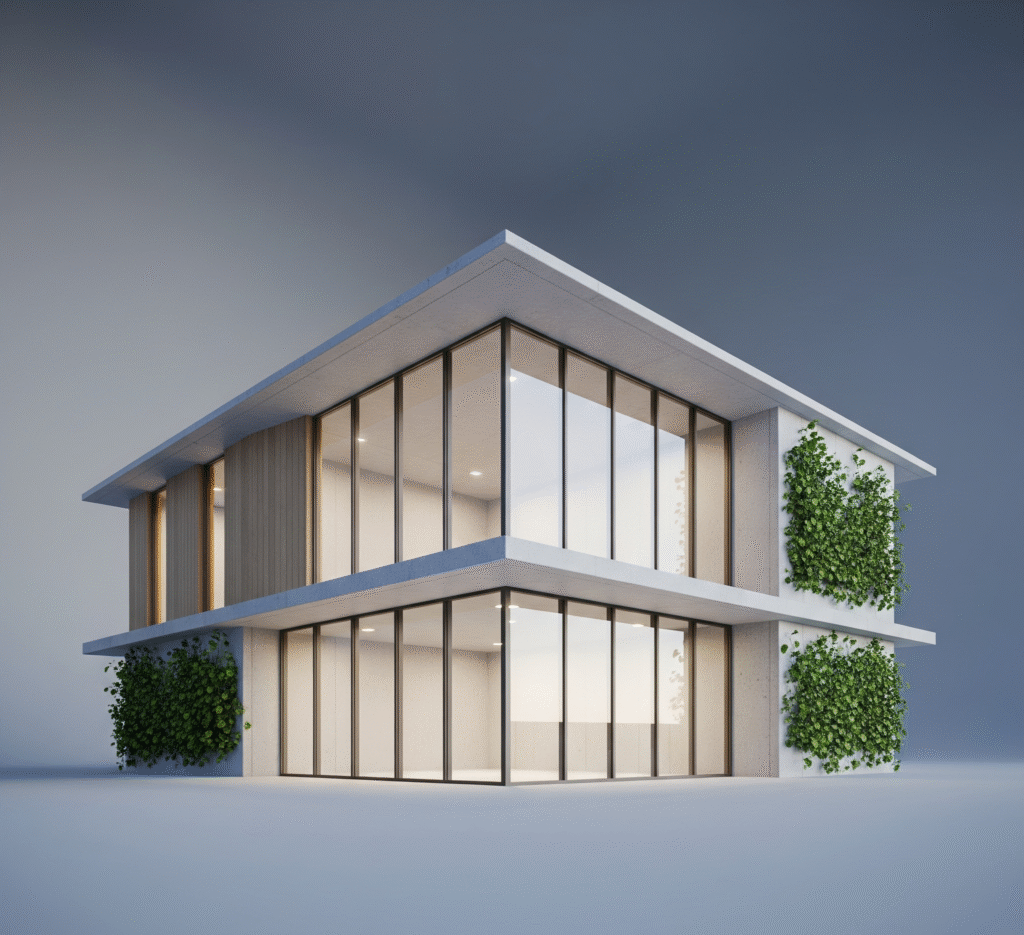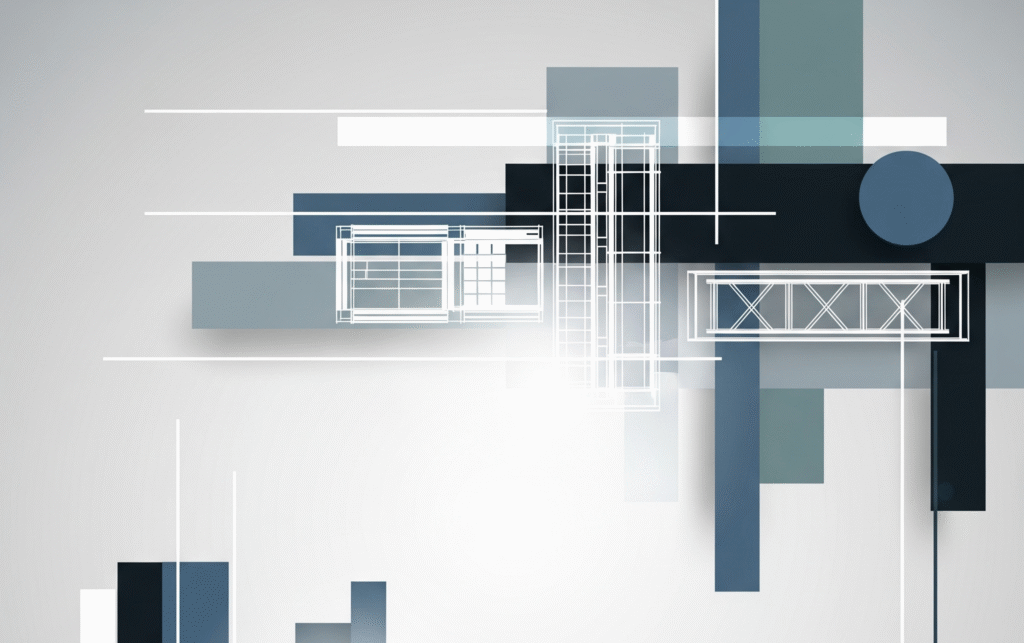The world of architectural design is evolving faster than ever. Technology that seemed like science fiction only a few years ago is now becoming standard practice. For architects, designers, and developers, staying ahead of these changes is essential for creating compelling and successful projects. Therefore, it’s crucial to look at the architectural visualization trends that will define the industry in the near future. Here are the five most important developments to watch in 2026.

1. Real-Time Rendering Becomes the Standard
Static images have long been the industry staple, but clients now expect more dynamic experiences. Real-time rendering, similar to the technology used in high-end video games, allows users to explore a 3D space freely.
For example, a client can instantly change the wall color, test different flooring materials, or see how sunlight moves through a room at different times of day. This interactivity provides immediate feedback and creates a much deeper level of engagement than a simple image ever could.
2. Hyper-Realism and Emotional Storytelling
As technology improves, photorealism is becoming the baseline expectation. However, the next frontier is not just realism, but emotional impact. The best visualizations in 2026 will tell a story. This means adding subtle imperfections, creating specific moods with weather and lighting, and showing how a space will actually be lived in. Ultimately, the goal is to create an image that makes the viewer feel something, connecting them to the project on a personal level.
3. Immersive Virtual Reality (VR) Tours
Video walkthroughs have been popular for years, but true Virtual Reality (VR) offers a completely different level of immersion. With a VR headset, clients can “walk” through a property at their own pace. In addition, they gain a true sense of scale, depth, and presence that is impossible to experience on a flat screen. This powerful tool is becoming essential for high-end real estate marketing and complex design presentations, as it removes all guesswork for the client.
4. A Focus on Sustainable and “Green” Design
Sustainability is no longer a niche interest; it’s a global priority. This trend is strongly reflected in architectural visualization. Clients want to see how their projects will be environmentally friendly. As a result, successful renders will increasingly showcase sustainable features like green roofs, solar panels, rainwater harvesting systems, and the use of recycled materials. Visualizing these elements is key to communicating a project’s modern and responsible design.
5. AI-Powered Assistance in the Workflow
Artificial Intelligence (AI) is beginning to play a significant role in streamlining the visualization process. While AI won’t replace artistic skill, it is becoming a powerful assistant. For instance, AI tools can help populate a scene with realistic trees, furniture, and people, drastically reducing the time it takes to create a detailed environment. This allows artists and designers to focus more on creative aspects like lighting and composition, leading to better results delivered faster.
These architectural visualization trends are more than just exciting new technologies. They represent a fundamental shift towards more collaborative, immersive, and efficient design processes. By embracing these advancements, you can ensure your projects not only look impressive but also achieve greater success.
Contact us to learn more about our photorealistic 3D visualization services for your project and to create the space of your dreams together.
